Joint pain can be caused by injury affecting any of the ligaments, bursae, or tendons surrounding the joint. Injury can also affect the ligaments, cartilage, and bones within the joint. Pain is also a feature of joint inflammation (arthritis, such as rheumatoid arthritis and osteoarthritis) and infection, and extremely rarely it can be a cause of cancer of the joint. Pain within the joint is a common cause of shoulder pain, ankle pain, and knee pain. Joint pain is also referred to as arthralgia. The sexually transmitted diseases (STDs) chlamydia and gonorrhea can lead to joint pain.
Symptoms and signs associated with joint pain can include
- joint redness,
- joint swelling,
- joint tenderness,
- joint warmth,
- limping,
- locking of the joint,
- loss of range of motion of the joint,
- stiffness,
- weakness.
About 100 million Americans suffer from chronic pain, and knee pain is the second most common cause. While trying to find what the reason is for joint pain, it is very important to understand that it is a dangerous symptom that needs an in-depth professional examination and professional treatment.
We know that health is one of the most important things in our world and found 5 things about joint pain that may help you.
1. Calcium and vitamin D can ease the pain.
There were a group of studies where it was proven that vitamin D was able to ease joint pain. Also, it was noted that the joints start to hurt more when the deficiency isn’t treated. It is especially important to take vitamin D with calcium. It won’t cure you, but it will lessen the inflammation and keep your bones strong.
2. A diet with antioxidants can lessen the inflammation.
3. Physical activities could improve your condition.
Of course, when you have knee pain, you can’t jump and run like a healthy person, but that doesn’t mean that you should avoid all physical activity. Even long walks can be enough to help you stay in shape. Normally doctors recommend doing some special exercises that don’t put extra pressure on your joints.
Please, consult with your doctor about which kind of exercises are better for you and don’t tire yourself out when the symptoms become more severe.
4. You should be careful with applying heat and cold.
Be careful before you do any manipulations or apply heat to a joint that bothers you. There are some conditions where it is forbidden to warm up your body: hot baths, massages, and saunas included. The same thing goes for applying cold towels or ice cubes. If it’s winter or windy outside, don’t forget about warm clothes and gloves.
If you have joint pain, go straight to your doctor and ask for the proper tests to avoid dangerous consequences and to better understand what you can or can’t do.
5. Not all joint pain is arthritis.
Sometimes it is very difficult to diagnose a person with joint pain. Many symptoms of diseases are similar. If you have at least one joint that hurts you, you should go to a rheumatologist. Only a professional can distinguish arthritis from other forms of joint diseases.
Here you can find the most common conditions and their symptoms that lead to joint pain:
Rheumatoid arthritis can cause joint pain.
Rheumatoid arthritis is a dangerous autoimmune disorder that primarily affects joints. It can also involve inflammation around the lungs, heart problems, and a low red blood cell count.
Typical symptoms:
- Swollen joints and discomfort on both sides
- Developing symptoms over weeks or months
- Knees, hands, fingers, and feet are the most common parts that get affected
- Loss of joint range of motion
- Fever
- Finger deformation
Bursitis can cause pain in legs and hands.
Bursitis is the inflammation of one or more bursae in the body. Bursae are fluid-filled sacs around your joints, which work as lubricants. Overuse or injury of your joint can also increase your risk of this disease.
Typical symptoms:
1. Affects elbows, shoulders, hips, knees, and Achilles tendons
2. Pain is the most common symptom and it may appear gradually or suddenly
3. Severe loss of motion in the shoulder
Fibromyalgia affects joints, muscles, and bones
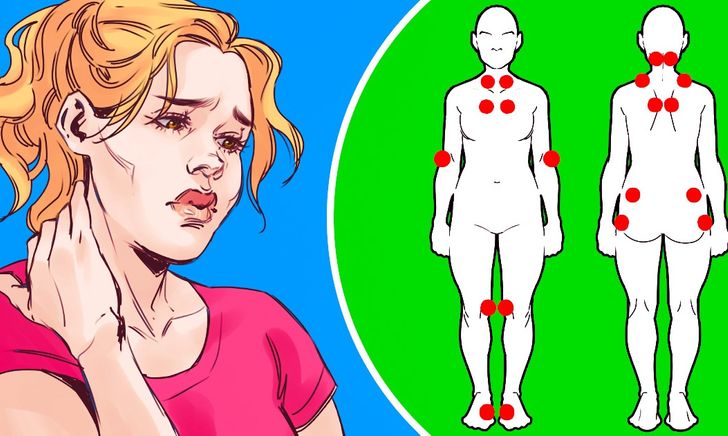
Fibromyalgia is a chronic condition that provokes pain due to pressure at some points around your body. The cause of the disease is unknown, but researchers say that it is a combination of genetic and environmental factors.
Typical symptoms:
- Pain in the muscles and bones
- General fatigue
- Sleep disturbances
- Sometimes patients notice restless leg syndrome and tingling, and a sensitivity to noise
Joint pain as a result of injury
Normally joint injuries occur in the knees, wrists, and elbows. If you have inflammation and pain only in one joint, maybe you just traumatized it while jumping or doing another physical activity.
Typical symptoms:
- Pain, redness, and inflammation of a joint
- Swelling and reduced range of motion
Osteoporosis provokes knee pain.
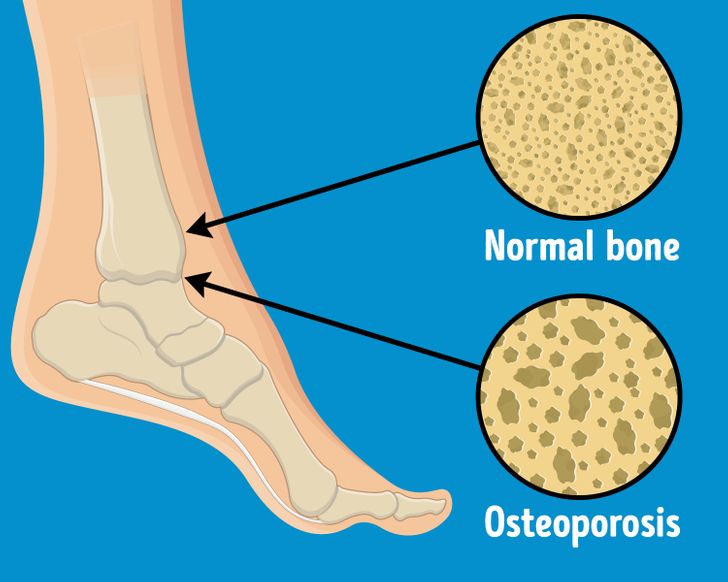
Osteoporosis is a disease in which bone weakening increases the risk of a broken bone. There are small spaces inside of a healthy bone. Osteoporosis increases the size of these spaces. Simply put, bones become weaker and thinner. It is very common for those with this disease to have joint pain in their knee.
Typical symptoms:
1. No warning signs at the early stages
2. Receding gums, and weak and brittle nails
3. Spinal and knee pain at later stages
Infections can affect joint pain too.
These infections begin with bacteria which enters the body. Very often it happens after a trauma or a surgical procedure. Then it spreads to the bones and joints through the bloodstream.
Types of infections that evoke bone and joint pain:
- Osteomyelitis: This condition is very common in people with diabetes. It develops rapidly and has symptoms like pain, fever, and stiffness.
- Septic Arthritis: It often affects the joints in the legs and arms, including hips, shoulders, and wrists.
Lupus and problems with joints
Lupus is an autoimmune disease when the body’s immune system mistakenly attacks healthy tissue in many parts of the body. It can be very dangerous and lead to death because, very often, this disease is difficult to diagnose and there is no cure.
The initial diagnosis can look like you are sick with many different diseases altogether. It affects the eyes, lungs, heart, skin, kidneys, blood, and brain, but the most common symptom is joint pain that can be everywhere.
Typical symptoms:
- Joint paint from mild to very severe
- Fever which can linger for a very long time
- Hair loss
- Anemia and weakness
- Rashes, including a butterfly rash on the face
- Memory loss
- Headache





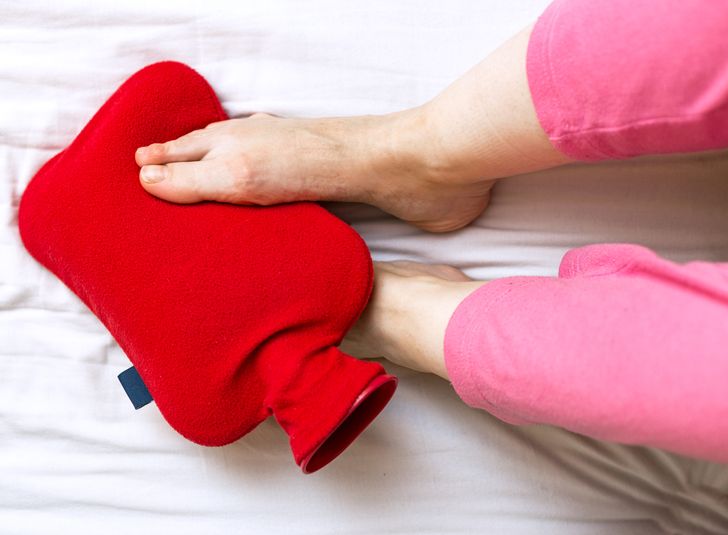
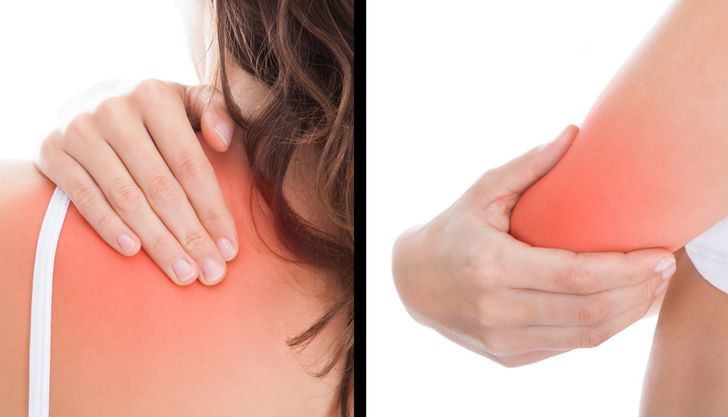
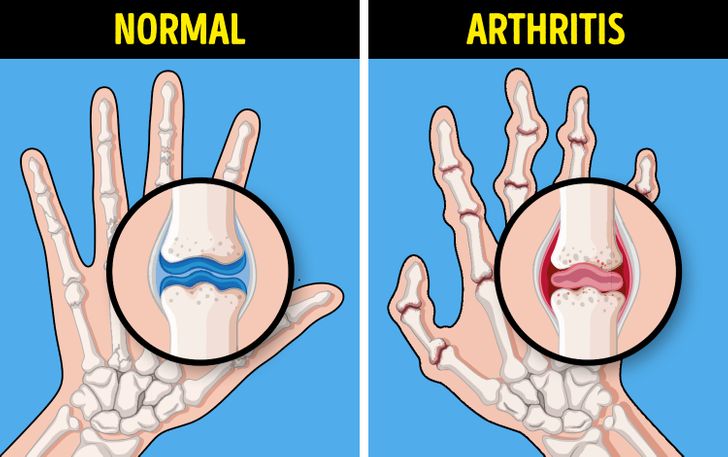
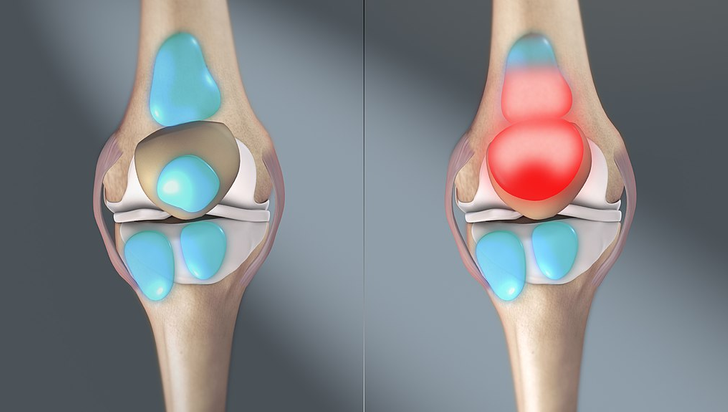
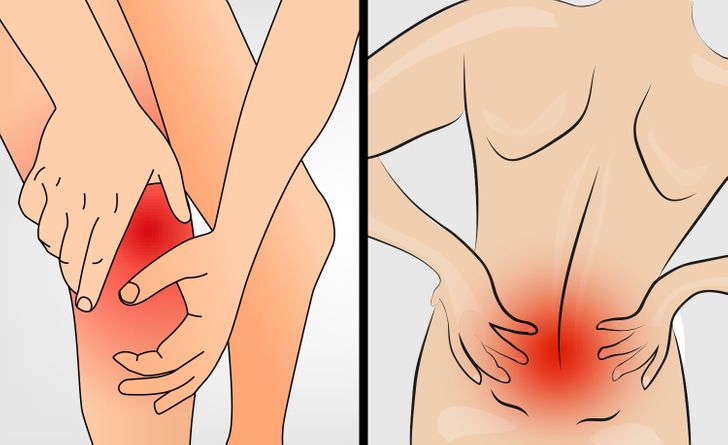
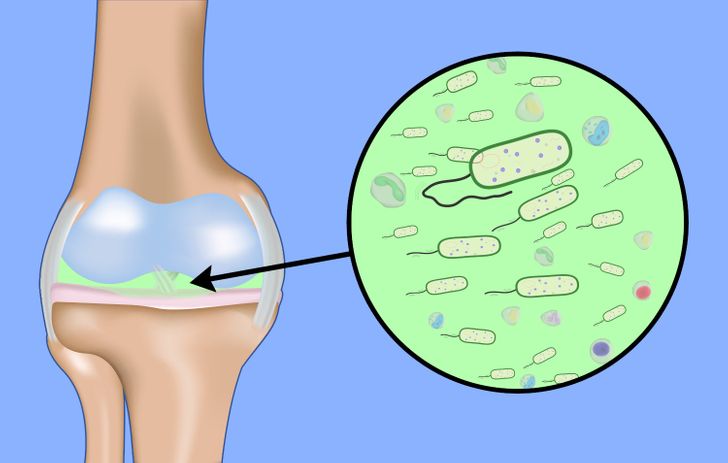
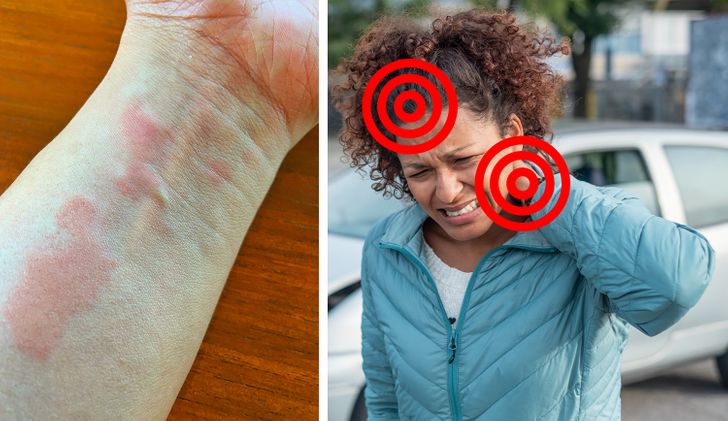





















No comments:
Post a Comment